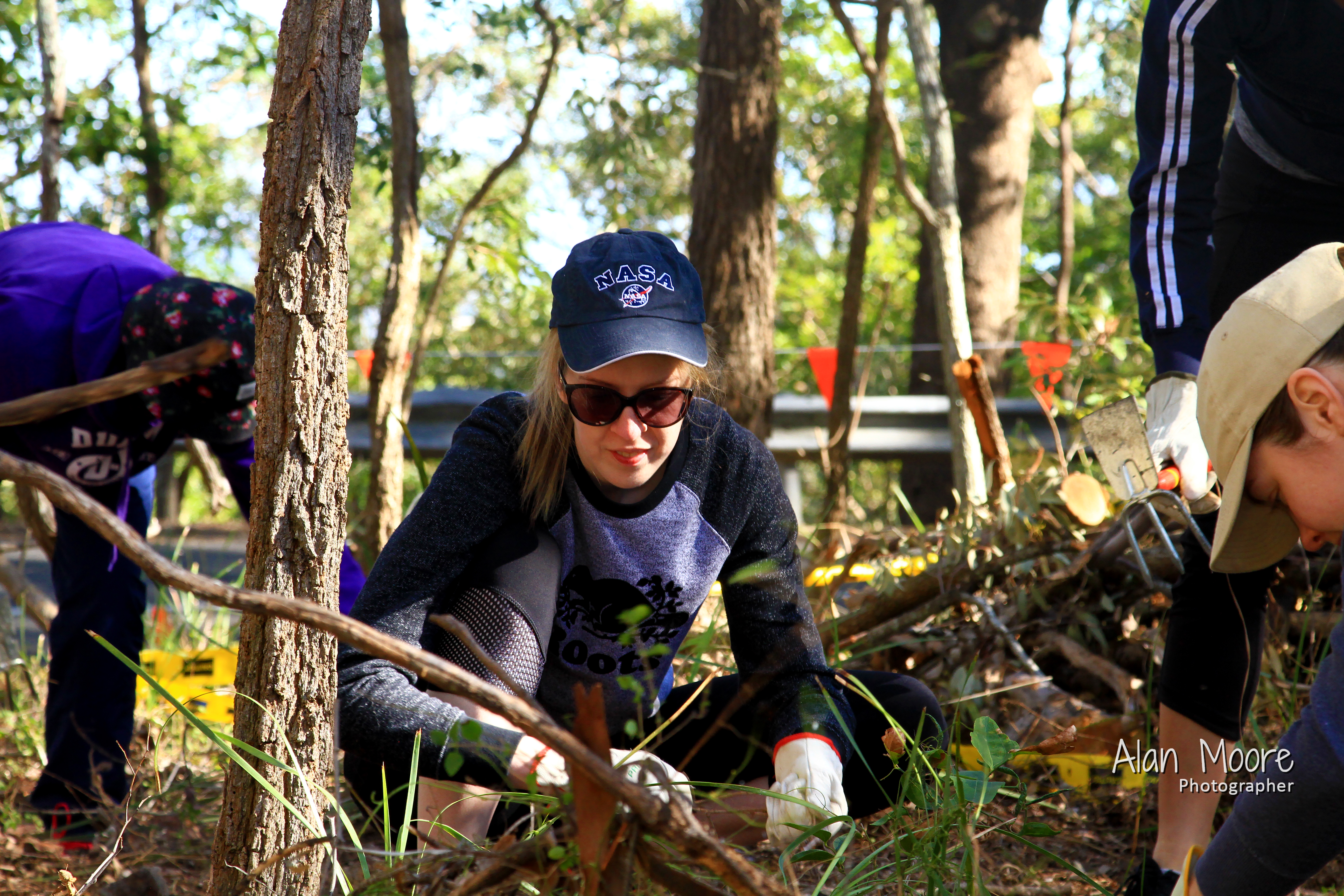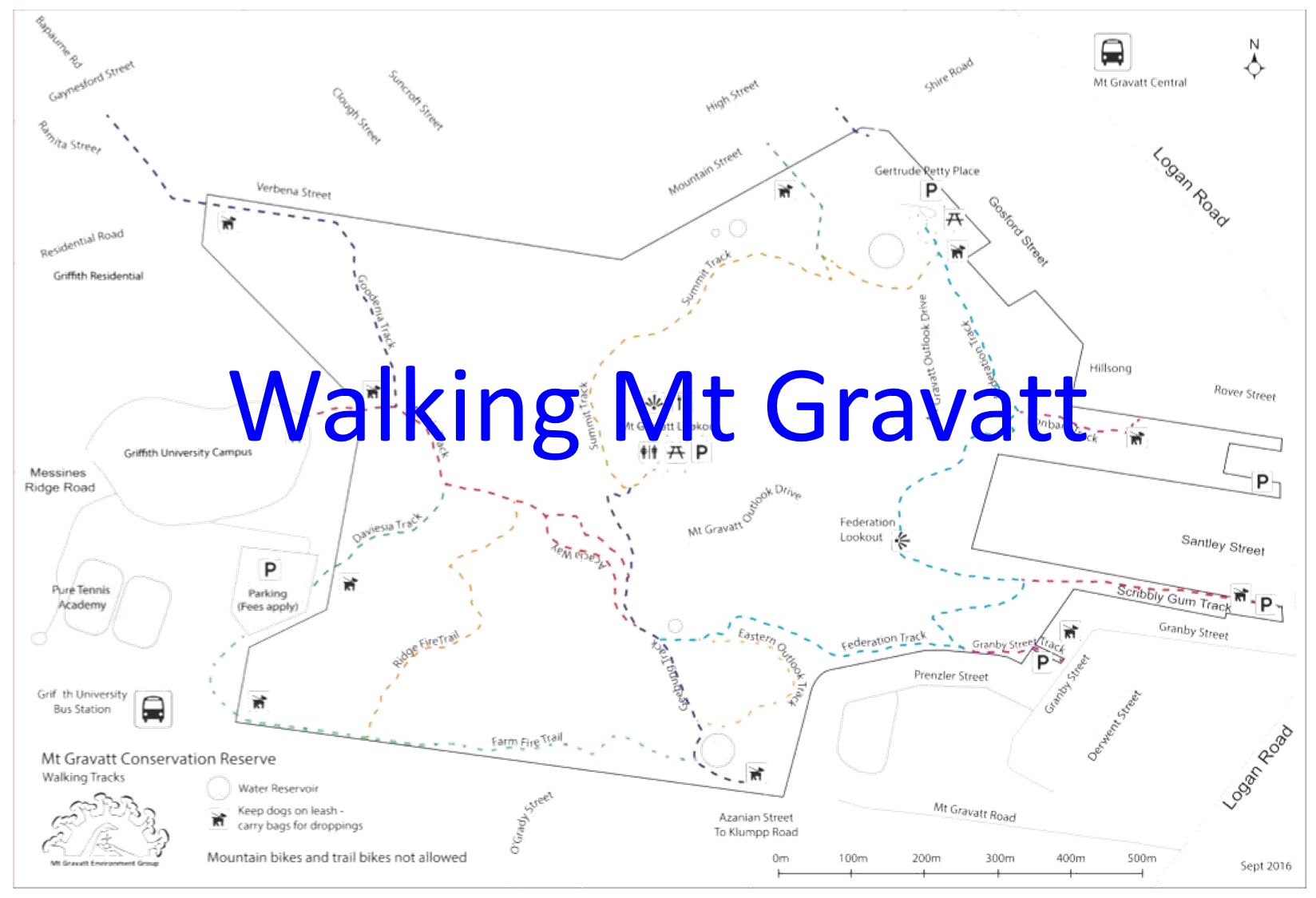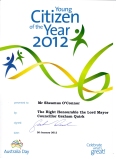Sue Jones and I (Mike Fox) attended the BCC Creek Ranger Forum today at Walkabout Creek Conference Centre. An ideal location for a workshop discussing environmental restoration, with Butcher Birds, Bell Minors (Bellbirds), Kookaburras and Whipbirds providing a background for our presenters.
The presence of Councillor Peter Matic: Chair of the Environment, Parks and Sustainability Committee, was a stong statement about the political commitment to our restoration work. However, for me Peter’s welcome was overshadowed by the welcome to country and amazing didgeridoo playing of a young nephew of Maroochy Barambah: Turrbal Association. My apologies, I did not make a note of his name, so you will have to contact Maroochy if you want to hear a didgeridoo do things I did not know was possible. I have heard about the concept of circular breathing and I have heard didgeridoos being played but not only was there no pause for breath, it sounded like two didgeridoos playing harmony!
The key note speaker was Simon Warner: CEO of SEQ Catchments Ltd, a community not-for-profit with the vision: to deliver a sustainable future for our community. It was heartening to listen to such a business-like pragmatic analysis of the issues of managing south-east Queensland growth, without destroying the very environment that underpins our business economy and the very communities where we live. Simon is very clear-eyed about about the complexity of driving change, acknowledging that the SEQ Natural Resource Management Plan is not perfect just the most comprehensive plan and targets of any region in Australia. Importantly, he recognises that plans converted to legislation are not enough, so implementation and monitoring of the SEQ NRM Plan is driven by the Chief Executive Officer’s Committee for Natural Resource Management in SEQ which reports to the Minister for Infrastructure and Planning.
Maggie Scattini, of private company Brisbane Bushcare gave a very practical presentation based on a decade of contracting in ecosystem restoration. I particularly liked the way Maggie layered up our understanding of the complex relationships starting with soil: my next article for the Southside Community News will have to be about Maggie’s insights on dirt, moving onto the role of fungi in the forest, then fauna: apparently our glow-in-the-dark mushrooms are actually food for Rainforest Snails. Leave them to the snails, they are poisonous to people. Talking to Maggie and Bill (her husband) we discovered that Brisbane Bushcare was involved in some of the very first bushcare work on the mountain: at what is now the Rover Street Bushcare site.
The final two speakers, Adrian Caneris of Biodiversity Assessment and Management BAAM, and Prof. Carla Catterall of School of Environment, Griffith University, are both strong supporters of Mt Gravatt Environment Group work.

Mike, Sue, Adrian (L-R)
Adrian gave us a guided walk to the shore of Enoggera Reservoir where he helped us see the significant differences in four habitat types and how that will change what fauna will use each habitat.
Adrian’s presentation then provided a valuable and fascinating insight into the equipment and techniques in researching fauna living in a particular habitat. Everything from pit traps to scats (animal droppings) have a role in identifying fauna.
Carla Catterall passion for her research is  imediately apparent when she stands in front of an audience!
imediately apparent when she stands in front of an audience!
Carla’s presentation introduced some challenging ideas derived from research into habitat recovery after cyclone Larry in 2006, also cyclone Yasi and the floods this year. The most surprising for me was the Connell diversity hypothesis which proposes that maximum species diversity depends on some disturbance: fire, flood, cyclone.
This was particularly challenging when reflecting on Maggie’s recommendation to minimise any disturbance of the soil at our bushcare sites and Adrian’s caution to minimise any disturbance of fauna in research activities. The relationships in nature are complex and we need to draw on the expertise of the amazing people. Carla provided a valuable link to research: Griffith Environmental Futures Centre.

















































